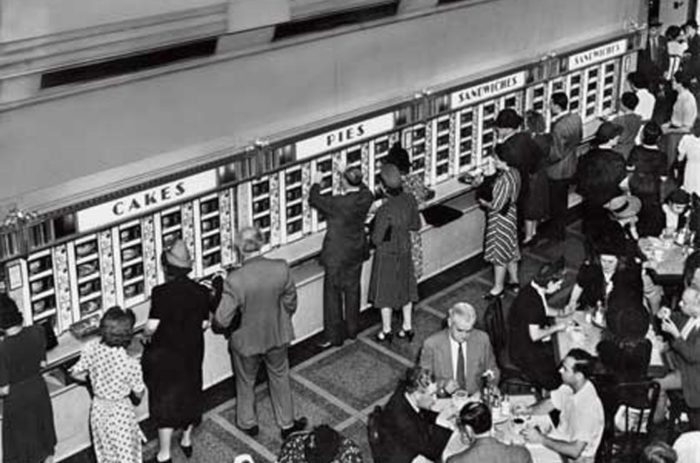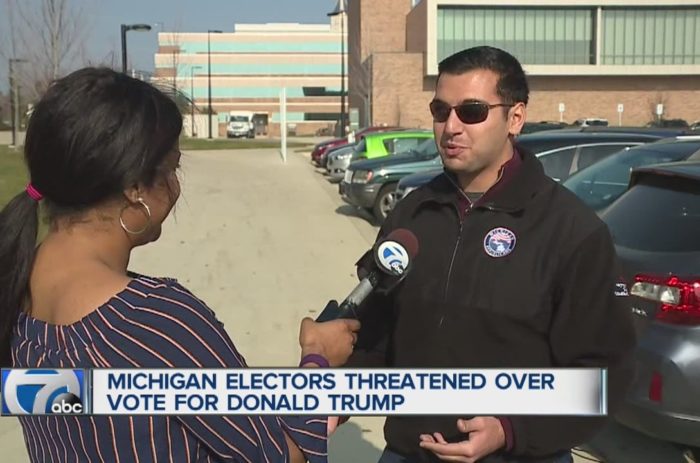The following is an excerpt from OpinionJournal.com’s “Best of the Web” written by the editor, James Taranto.
Hey, Kids! What Time Is it?
“State Department Spokeswoman Says It Is Time for [Syrian President Bashar] Assad to ‘Step Aside’ “–headline, Washington Times, Jan. 11
News You Can Use
“How to Stay Healthy: Don’t Get Old”–headline, TheAtlantic.com, Jan. 10
The Phony Class War
“Tensions between the rich and poor are increasing and at their most intense level in nearly a quarter-century, a new survey shows,” reports the Associated Press:
The survey released Wednesday by the Pew Research Center highlights U.S. perceptions of the economic divide, an issue that has moved to the forefront in the 2012 presidential campaign amid stubbornly high unemployment, increasing poverty and protests by the Occupy movement. . . .
The Pew survey shows that younger adults, Democrats and African-Americans remained the most likely as in previous years to cite the existence of strong disagreements between rich and poor. But in the last two years, three important swing groups–whites, middle-income Americans and political independents–registered some of the biggest increases in those who now also hold this view.
As a result, majorities of each political party and ideology all agree that serious disputes exist between Americans at the top and bottom of the economic ladder.
This is no doubt heartening news to President Obama’s re-election campaign, and worrying those who oppose it. One reader who is in the latter camp emailed us the AP headline, “Conflict Between Rich, Poor Strongest in 24 Years,” with the comment: “Obama’s mission accomplished.”
That’s bunk. The Pew report contains a crucial disclaimer that disproves the AP’s thesis:
While the survey results show a significant shift in public perceptions of class conflict in American life, they do not necessarily signal an increase in grievances toward the wealthy. It is possible that individuals who see more conflict between the classes think that anger toward the rich is misdirected. Nor do these data suggest growing support for government measures to reduce income inequality.
In fact, other questions in the survey show that some key attitudes toward the wealthy have remained largely unchanged. For example, there has been no change in views about whether the rich became wealthy through personal effort or because they were fortunate enough to be from wealthy families or have the right connections.
In fact, Pew does not claim to have found, as the AP falsely asserts, that “tensions between rich and poor are increasing.” It finds, rather, that “perceptions of class conflict” and “the belief that these disputes are intense” have become more prevalent, especially since 2009.
It isn’t hard to understand why that might be the case. After all, what have Americans seen when they turned on the news over the past few years? In the White House, a president who, for want of political or managerial competence, has nothing to offer but bitter partisanship and ideologically driven class resentment. In public parks around the country, professional protesters and ignorant college kids ranting about their grievances against “the 1%.” Now, in New Hampshire and South Carolina, even Republicans, led by nonsensical old Newt Gingrich, are getting in on the act.
The perception of “class conflict” has grown because the media have paid the putative conflict so much attention. They have done so in part for ideological reasons–lefty journalists have had a weird preoccupation with “income inequality” for as long as we can remember–but also in part because it’s newsworthy, especially when the president of the United States is trying to foment class war.
It would also be newsworthy if he succeeded–and that is the story the AP is trying to peddle. But Pew’s findings show it is a phony war. If underlying “tensions between rich and poor” were really rising, the survey would have found some evidence of actual hardening of attitudes across socioeconomic lines.
Further, note the list of “important swing groups” among which the perceptions of “class conflict” have been intensifying: “whites, middle-income Americans and political independents.” These are groups among which the president has been polling terribly, suggesting they either are averse to class war or don’t think of Obama as an ally.
For more “Best of the Web” click here and look for the “Best of the Web Today” link in the middle column below “Today’s Columnists.”



